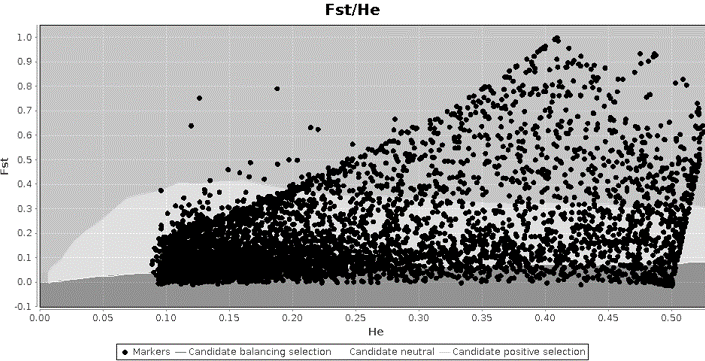Today my lab's first data-driven paper has been published online! It's called Seasonal Dynamics of Faunal Diversity and Population Ecology in an Estuarine Seagrass Bed and is published in the journal Estuaries and Coasts. The research was led by my first masters student, Micaela Pullen, who graduated with her MSc last year in 2021. In … Continue reading A year-long look at the fish (and other animals) in a single seagrass bed
A year-long look at the fish (and other animals) in a single seagrass bed







